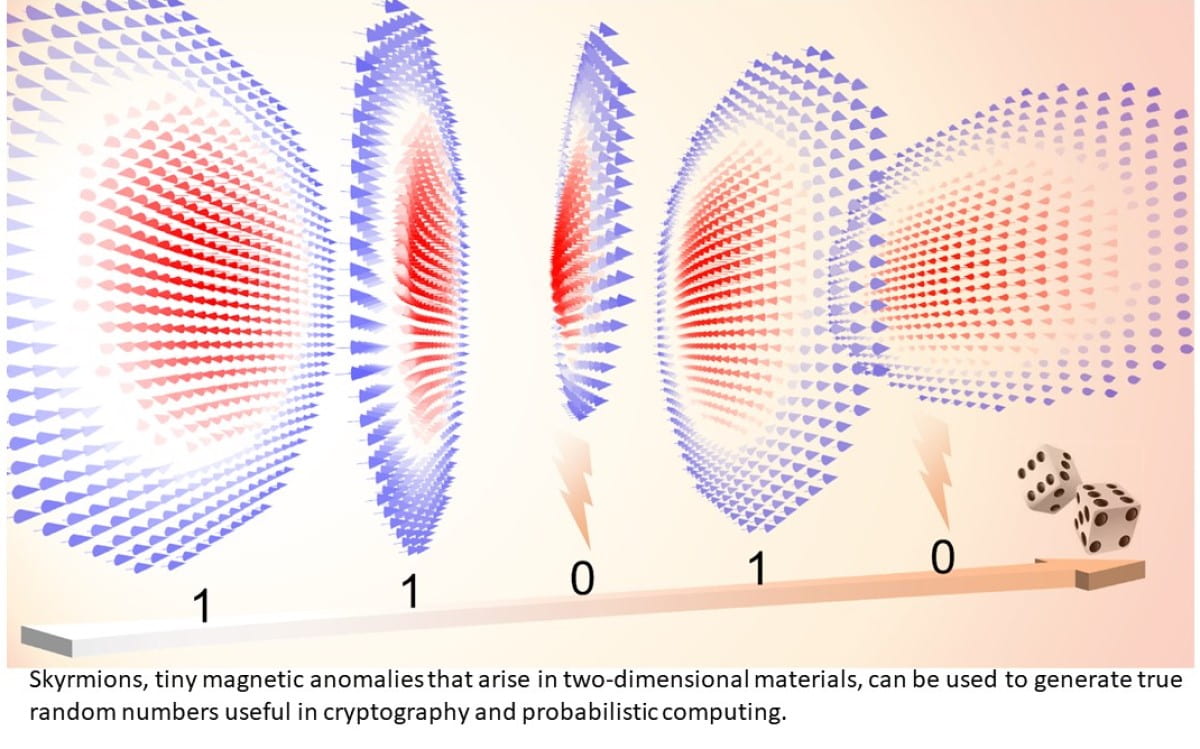CMOS technologies, which have made significant progress in reading, writing, and storing data since the invention of the transistor, face challenges in scalability, energy consumption, and latency. The von Neumann computing architecture, which is used in most modern computers, creates a bottleneck due to the physical separation between processing and memory units, leading to reduced processing power and execution speed. This has led to a significant push for post-von Neumann computing architectures as alternatives to CMOS-based technologies.
 |
Recent research in condensed matter physics has led to the development of a new class of devices called spintronics, which use both the charge and spin of an electron, providing additional degrees of freedom for manipulating the magnetic moment associated with the spin. Spintronic devices, characterized by high scalability, low power consumption, and high retention time, utilize the magnetic tunneling junction (MTJ) for MRAM and magnetic field sensor applications. Magnetic skyrmions, which are topologically protected entities with high stability, can be manipulated by small external fields and currents, making them effective agents in beyond-CMOS data storage, true random number generation, logic, stochastic computing, and neuromorphic computing applications.
Skyrmions offer a promising avenue for developing innovative and efficient computing and data storage technologies, and our research is focused on investigating their fundamental physics and applications in skyrmion-based electronic computational architectures.
We thank the National Science Foundation for its support of our research.
Return to Research page.
Recent publications from our group: